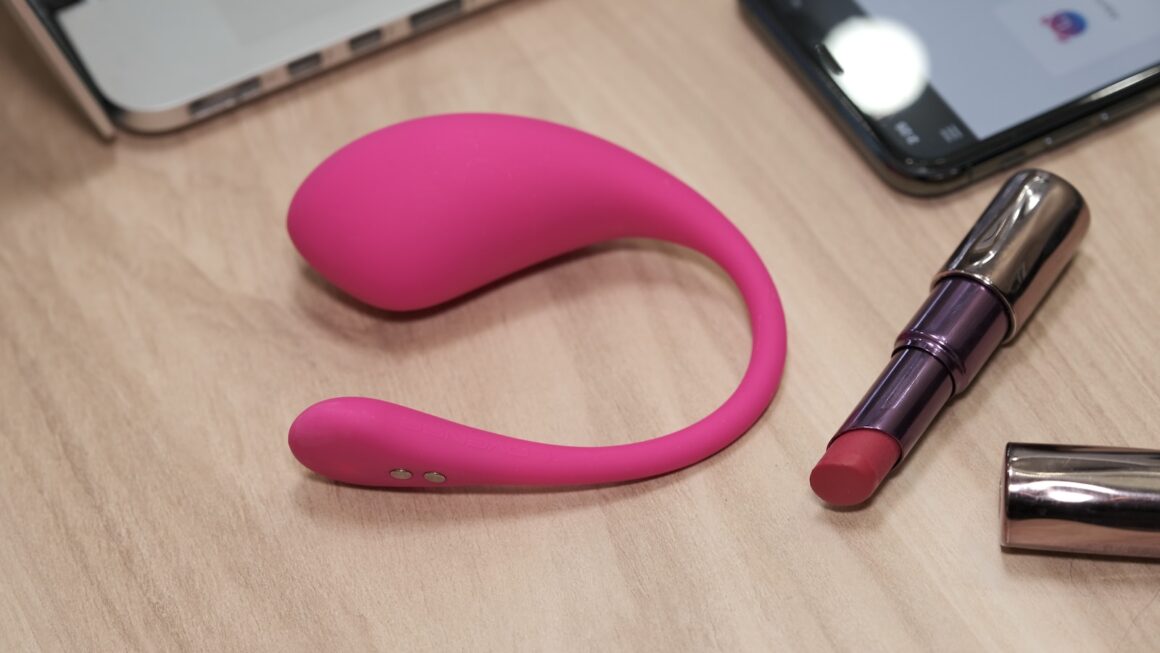With sex toys available in every shade of rainbow and a variety of intensities, vibrators can feel buzzy to the touch, richly pulsating or deeply thrumming. They also abide by the Goldilocks principle: some are too this and others are too that, until you find one that feels just right.
Pressure
A vibrator or dildo’s power comes from its internal motor or battery, which creates vibrations that are transmitted into the body with little to no friction. Depending on the type of vibe, these vibrations can be either buzzy or rumbly and feel different in every person’s body. Many sex toys offer dual sensations that target the clitoris and G-spot, with new combinations emerging all the time.
When choosing a vibe, try stroking it on your arm or hand before using it in the vaginal canal to get an idea of the various intensities and speeds available. Also, before you use it for masturbation, clean it with soap and water to reduce the risk of infection.
Whenever possible, use a non-porous material such as medical-grade silicone or borosilicate glass for your vibrator to avoid bacteria getting stuck in its pores. Porous materials like plastic and rubber can harbor a variety of microorganisms, which can be transmitted to your body when you touch them with your bare skin, as Planned Parenthood warns.
Lastly, be patient when you’re trying out your vibrator for the first time. It may take a few sessions to find the perfect placement, intensity and vibration pattern for you. And remember, if a toy feels great for one person but not so much for another, that’s okay – everybody has their own sexual preferences!
Friction
Using a vibrator without applying lube can cause friction between the clitoris and the device. This can lead to a temporary numbness that some people describe as feeling like their clitoris has been hit with a jackhammer. But sex therapists say this sensation is totally normal, and should return within 10 minutes. They recommend adding lube to help lessen the friction, and suggest starting with the slowest setting on your vibrator.
Some women find that vibrators can help them orgasm more quickly and easily than they could before, explains psychotherapist Lisa Lawless, PhD. This may be because the vibrations help to relieve stress by releasing feel-good endorphins and boosting mood-enhancing hormones, including oxytocin and dopamine.
Other reasons to try a vibrator include the ability to explore different areas of the body, such as the penis. Many people forget that a vibrator can be orgasmic when applied to this area, and it opens up a whole new world of pleasure possibilities.
When choosing a vibrator, look for one that is made of a material that’s easy to clean. As a rule, sex toys should be washed after every use to prevent the spread of STDs. You can also buy a special cleaner that’s specifically for sex toys. But above all, remember to listen to your body. If you find a setting or speed that makes you feel good, stick with it.
Velocity
A vibrator’s velocity (or how fast it moves) is another factor that affects how it feels. It can feel buzzy, richly pulsating, deeply thrumming or something totally different. The exact sensations it feels will depend on your body’s sensitivity and the toy’s design.
Vibrators come in a variety of shapes, sizes and textures that stimulate different areas. They also have a range of vibration intensities and patterns that directly target erogenous zones. For example, some vibrators have a focused point that vibrates against the clitoris. Others deliver rumbly pulses that massage the perineum or prostate. And some sex toys have a long shaft that feels great for insertion into the vagina or penis, while others are designed to be held between the hands or arms and stroked.
Whether you use a vibrator solo or with a partner, the results can be intense and amazing. The vibrations stimulate the brain, triggering the release of hormones like dopamine, oxytocin, and prolactin. They also help to relieve stress, improve sleep quality, and increase natural lubrication for penetration during sexual activity or orgasms. That’s why it’s important to get familiar with a vibrator before using it for masturbation or intimacy, so you know what to expect. Then, you can explore its varying sensations and find the ones that feel best for you.
Temperature
When used properly, a vibrator feels warm and pleasurable to the touch. You may want to warm it up with your own body heat, a hot shower, or a warm glass of water before using. Just don’t set it so hot that you could hurt yourself. If you want to feel even more of the sensation, try applying a warming gel or wax. Our sex toys are designed with this in mind, so they’re usually 98 to 110 degrees (warmer than your body).
The warmth can also increase the pleasure of some sexy sensations, including vaginal stroking and clitoral stimulation. It can also help with orgasms. In fact, research shows that only 18% of people orgasm from penetration alone, while 36% require clitoral stimulation to hit the Big O.8
Many women find that their first time with a vibrator numbs the clitoris temporarily. This is normal, but it’s important to know what to do about it. If your clitoris goes numb, you can use a little lube to help. Lube will also make it easier for you to explore other feelings with your vibe, like pressure and friction. Just be careful that you don’t become addicted to a numb feeling, because it can lead to boredom and frustration with your vibrator. Besides lube, you can try using different settings and angles with your toy to increase the stimulation and the pleasure.




